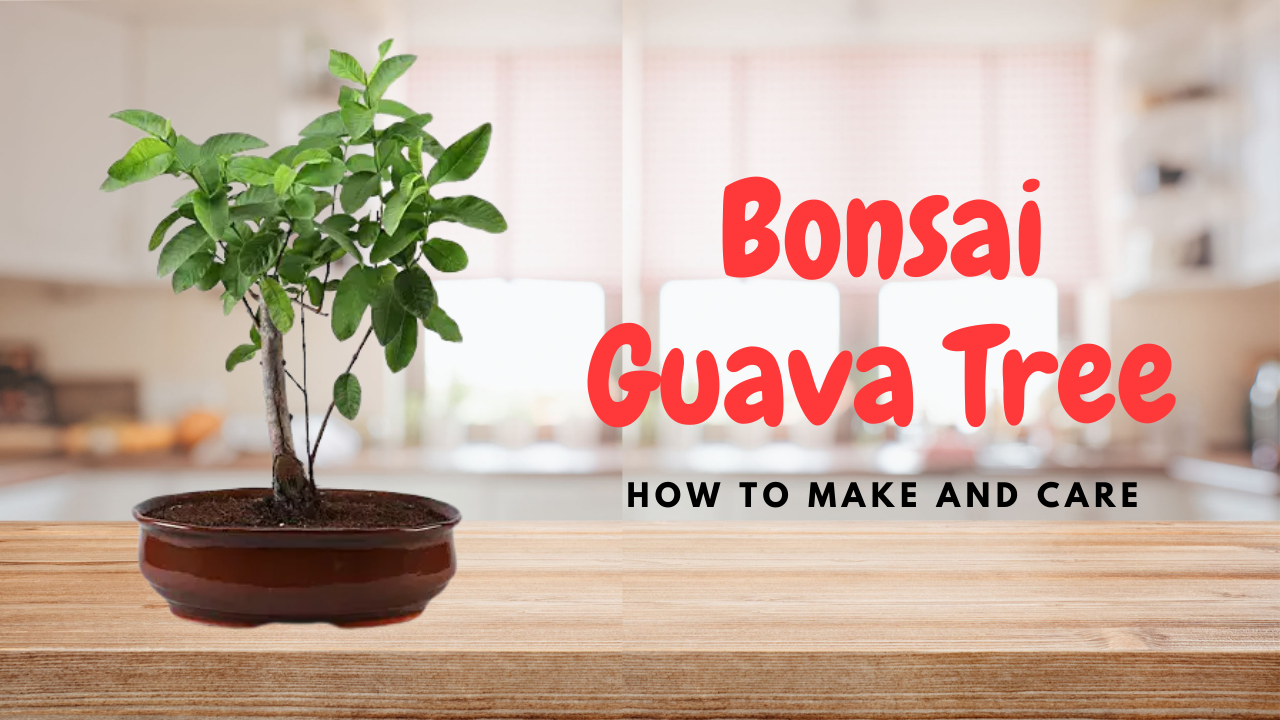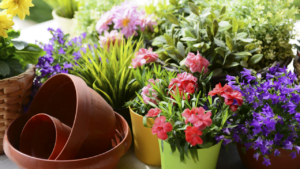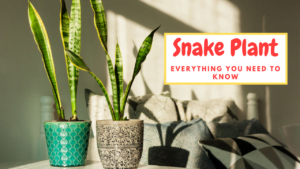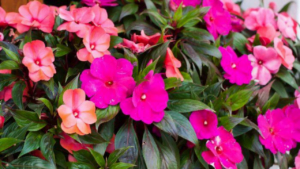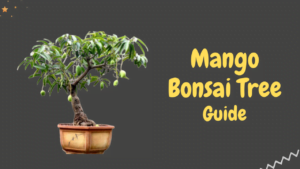A bonsai tree needs daily care to maintain its shape. But if you are looking for a bonsai tree that does not need too much care or maintenance. Then bonsai guava tree is an excellent bonsai choice.
The bonsai guava tree is an attractive plant that produces deliciously rich, sweet fruits.
With the following information on a bonsai guava tree, it is possible to grow a guava tree in a pot.
Let’s begin by finding out how to take care of and reap the benefits of this vitamin C-rich fruit
Buying bonsai tools online can save time and provide access to a wide selection of high-quality tools. From pruning shears to root hooks, there are many tools that are essential for bonsai care. Be sure to choose tools that are comfortable to use and made from durable materials to get the most out of your investment.
Requirements to Make a Guava Bonsai
Location
Guava is a tropical plant that’s why it prefers a sunny location. If you live in a temperate region then you can place the container inside in winter. Do not suddenly change the location of your potted guava tree otherwise it will lose leaves partially.
Soil
For bonsai guava tree, use a high-quality soil mix. A mix should consist of one-fourth part each of Akadama, pumice, humus, demolin clay. Use good quality commercial potting that is rich in organic matter for growing guava in the pot. Mixing the potting with natural compost or slower fertilizer is recommended for the fastest growth of the bonsai guava tree.
Also, mulch the plant with organic matter so that the plant retains moisture. It also helps to insulate the roots of the tree in winter.Guava grows well in a wide range of soil but use well-drained and fertile soil for potted guava tree. The pH level of soil should be around 4.5 to 7. To increase the draining capacity and fertility, mix the soil with organic manure and perlite or vermiculite.
Watering
The tree has a moderate water requirement. But soil should not be left to dry out because it will damage the root. Provide regular watering when the tree is growing, and reduce watering in winter. During the fall, monitor the tree carefully and water only when the soil dries out or leaves start to wilt.
Keep the soil moist, when the plant is young or forming flowers. Evenly moist soil keeps developing more juicy and sweet fruits.
The most interesting fact about bonsai guava trees is that they are drought-tolerant and that they can survive only on rain if they are well established. Still, it is better to keep the soil slightly moist.
Temperature
The ideal temperature for germination of guavas is 68-82 F Fahrenheit. In winter, the temperature should not be below 27 F for a young guava tree. A mature guava tree that is at least three years old can bear temperatures below 20 F.
Guavas are not frost tolerant so if you stay in a climate where the temperature falls below the range mentioned then it is better to keep the plant inside until the temperature is suitable.
Pruning
Bonsai Guava tree grows lots of branches and twigs that’s why regular pinching or pruning is required to maintain the shape of the tree. Also, remove suckers as soon as you notice them.
Pinching regularly makes the plant bushy.
The crown of the bonsai guava tree grows naturally and is well-branched, it does not need regular pruning. But dry, dead, and damaged or disease branches should be pruned immediately.
For best pruning of the tree cut too long and unbranched shoots. Also crossed branches that are blocking penetration of sun rays after the harvest or in the growing season.
Wiring
Another method to shape the tree is wiring. A mature guava tree has rigid branches and is easy to break. Therefore, it is recommended to wire the plant when it is young, using copper wire. The suitable time for wiring is in winter and after defoliation.
Bonsai Guava Tree Care Information
Fertilizer
Bonsai Guava tree needs feeding in the growing season from spring to autumn. Use balanced liquid fertilizer. Avoid fertilizing in winter or when the tree is not growing or if it is recently repotted.
Guava roots are shallow, so they absorb water and nutrients quickly. Every three months, fertilize them with organic, granular fertilizer.
The bonsai Guava tree responds well to monthly fertilizer. When guava is young fertilize it with 6:6:6:2 [N P K Mg] this composition speeds up the growth of the plant.
When the guava tree starts to bear the fruit, change the composition to 8:3:9:2 [N P K Mg]. The tree is also suspectable to iron deficiency. Its symptoms include yellowing of leaves in between green leaves. This can be prevented with chelated iron.
Repotting
Regular repotting is required to prevent trees from being pot-bound. The guava tree should be repotted every two years in spring. While repotting trim the roots so that plant can fit in the container. Prune up to one-fourth root mass. This stimulates the growth of the roots.
Repot the plant in one size bigger than the previous one, but never repot the plant in a directly big container.
Overwintering
Since guava is a tropical plant it should be brought inside in cold weather. The temperature should be 55-60 degrees Fahrenheit. Below 50 degrees Fahrenheit, tree leaves will start to fall. In winter the tree should be protected by placing it in the brightest spot away from the cold drafts.
To protect the tree from frost, cover the tree with sheets or tarp.
Pests and Diseases Prevention
The best way to protect trees from pests and disease is through careful maintenance and regular inspection. Although guava is a tough plant, it is attacked by common pests. Mealybugs, guava scale, whiteflies, fruit flies, and thrips affect the tree. You can use organic pesticides to control pests.
In disease, the guava plant suffers from rust which occurs in very warm weather and high humidity. Besides, anthracnose and leaf spot affects the plant in wet humid weather and spread through splashed water. This can be avoided by proper irrigation.
The following measure is taken to control the damage done by these pests,
- Fruit Fly: Spraying chemicals like malathion and phosphamidon or cutting of infected fruit.
- Mealybug: Soil treatment with aldrin, malathion, or thimet. Or banding the base of the plant with polythene film to prevent the nymph from climbing up from the soil.
- Scale insect: Spraying of fish rosin soap with water or crude oil emulsion, dimethoate, and methyl demiton.
Conclusion
Planting Bonsai guava trees is easier than you think, and if done correctly, it can produce fruit with as much Vitamin C as an orange. Apart from protecting itself from the cold, the tree is also pretty self-sufficient once it has become established.

